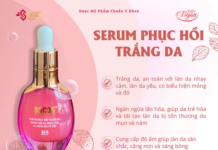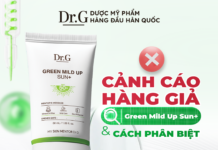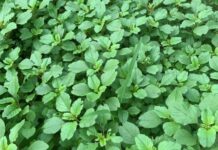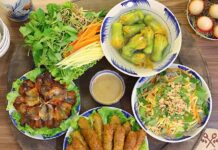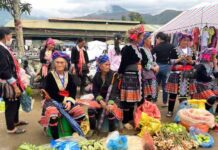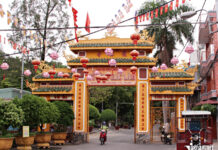Once a humble gathering place for the exchange of agricultural produce, handicrafts, and daily essentials, this market has, over time, flourished into a bustling hub integral to the lives of the local community.
Nua Market, located in Binh Phu Commune, Thach That, Hanoi, operates on the 2nd and 7th days of the lunar month. Nua Market embodies the essence of traditional rural markets, featuring palm-thatched roofs and bamboo stalls. The market space is typically arranged simply but neatly, divided into different areas, each specializing in a specific type of goods. Nowadays, the stalls have been replaced by sturdy concrete pillars with proximang roofs and no dividing walls. Traders bring their wares to sell to the locals on market days.
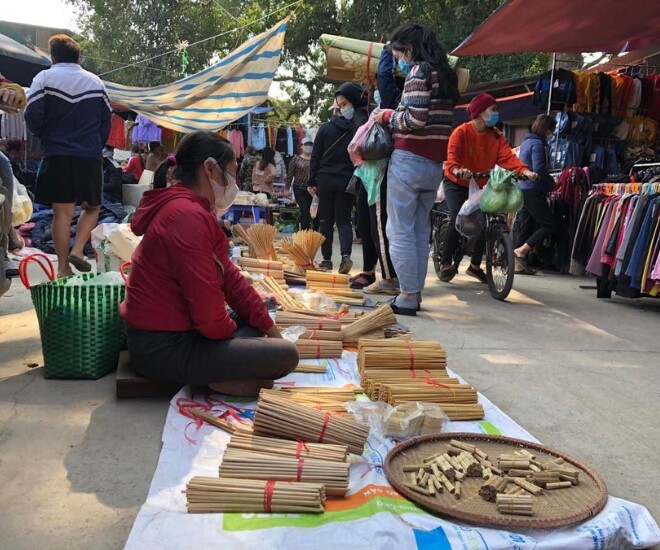
On the 27th of the twelfth lunar month, the last market day of the year of the Cat, took place. Locals often refer to the market with the saying, “Girls on the 22nd, boys on the 27th.” These are considered the two most special market days of the year. The 22nd is exclusively for women to shop for the upcoming Tet holiday, while the last market day on the 27th is reserved for men.
The market is held on a spacious plot of land, once surrounded by rice fields, which have now been developed into residential areas. Despite these changes, the market still retains the unique characteristics of the traditional northern delta markets of the past.
Here, one can encounter elderly women in black pants and brown blouses, chewing betel nuts and inviting customers with warm, rustic greetings. The goods on offer are mostly handmade by the locals, including baskets, winnowing trays, bamboo and rattan products, knives, hoes, sickles, and hearths. Live animals such as chickens, pigs, and dogs are also sold, along with straw brooms, coconut leaf mats, and even a few bunches of bananas or pomelos from their gardens. Just a few years ago, one could find cloth dyers at Nua Market…
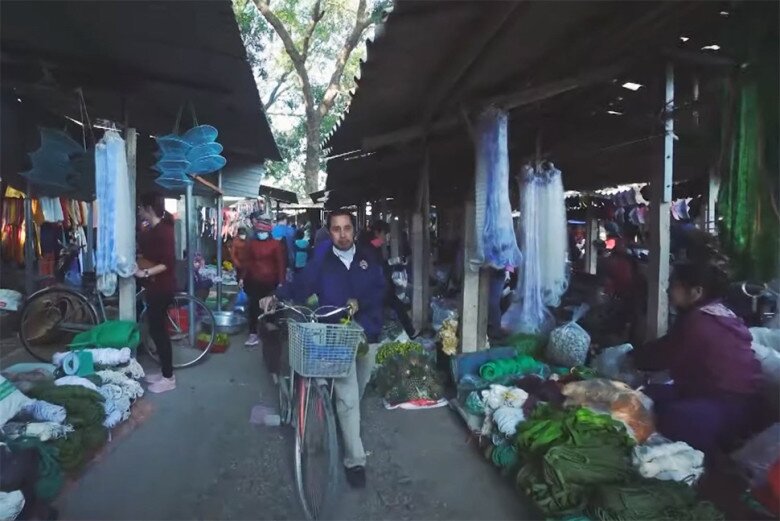
Thus, a visit to Nua Market feels like stepping back in time to the early 20th century… a time of simplicity and warmth. The market exudes an old-world charm, with toothless grannies, their faces weathered by time, skillfully weighing goods and chatting animatedly—a unique feature of this market. They sit beside modest stalls, selling an array of agricultural produce, from lush green bananas to golden, plump pomelos.
Traditional handicrafts are also on display, including hand-woven baskets and mats, shiny knives and sickles, and naturally dyed indigo clothing, harkening back to the days of indigo-dyed garments and conical hats.

A visit to Nua Market offers not only a chance to indulge in fresh local produce but also provides an opportunity to delve into the cultural and traditional customs of the local community. Nua Market stands as a guardian of the region’s traditional values.
In today’s modern era, with the rise of commercial centers and malls, traditional markets like Nua Market face significant challenges. However, Nua Market continues to thrive due to its deep-rooted connection to the local community and their way of life.

